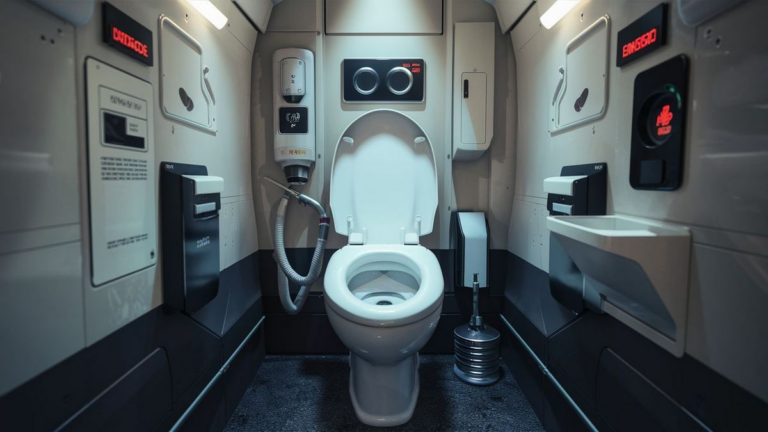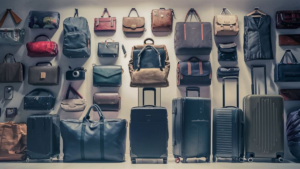Curious about how the lavatories in aircraft operate? Let’s delve into the mechanics of how aircraft toilets work to provide you with a seamless experience while flying.
Operation Overview
Modern aircraft toilets, also known as lavatories, are designed to efficiently handle waste disposal while maintaining hygiene and safety standards. These lavatories are compact yet sophisticated systems that incorporate several components to function effectively.
Water and Waste Management
Aircraft toilets typically use a vacuum flush system, which is different from the gravity-based systems found in most household toilets. In this system, a vacuum is created to pull waste into the waste tank. A small amount of water is used to rinse the bowl after each flush, minimizing odors and ensuring cleanliness.
Waste Storage
Once flushed, the waste is deposited into a holding tank located in the lower section of the aircraft. This tank is sealed to prevent any odors or leakage during flight. Airlines regularly empty and clean these tanks during maintenance checks on the ground.
Sanitary Features
Aircraft lavatories are equipped with features to promote hygiene and sanitation. These may include automatic flushing mechanisms, hands-free faucets, and motion-activated soap dispensers. Additionally, antimicrobial surfaces are often used to inhibit the growth of bacteria and other pathogens.
Maintenance and Servicing
Ensuring the proper functioning of aircraft toilets requires regular maintenance and servicing by trained professionals. Airlines have dedicated teams responsible for inspecting, cleaning, and repairing lavatories to prevent malfunctions and maintain passenger comfort.
Cleaning Procedures
After each flight, aircraft toilets undergo thorough cleaning procedures to remove any waste residue and maintain cleanliness standards. High-grade disinfectants are used to sanitize surfaces, and waste tanks are emptied and sanitized as part of routine maintenance.
Emergency Protocols
In the event of a malfunction or emergency situation involving the aircraft toilets, flight crew members are trained to follow specific protocols to address the issue promptly. These protocols ensure the safety and well-being of passengers while minimizing disruptions during the flight.
Aircraft toilets are sophisticated systems designed to provide passengers with a comfortable and hygienic restroom experience while flying. By understanding how these systems work and the maintenance procedures involved, airlines can ensure the smooth operation of lavatories on every flight.
Frequently Asked Questions
Here are some common questions related to aircraft toilets:
| Question | Answer |
|---|---|
| 1. Are aircraft toilets different from regular toilets? | Yes, aircraft toilets use a vacuum flush system instead of gravity-based systems found in most household toilets. This system is designed to efficiently handle waste in the constrained space of an aircraft. |
| 2. How often are aircraft toilets cleaned? | Aircraft toilets undergo thorough cleaning procedures after each flight. Additionally, they receive routine maintenance checks to ensure cleanliness and functionality. |
| 3. What happens if there is a malfunction with the aircraft toilet during a flight? | Flight crew members are trained to follow specific protocols to address toilet malfunctions promptly. These protocols ensure passenger safety and comfort while minimizing disruptions. |
| 4. Can passengers flush anything down an aircraft toilet? | Passengers should only flush items intended for disposal in aircraft toilets. Flushing inappropriate items can lead to system malfunctions and may cause damage. |
Sustainability Initiatives
With increasing concerns about environmental impact, airlines are exploring sustainable alternatives for waste management in aircraft toilets. Some initiatives include using biodegradable chemicals and implementing water-saving technologies to minimize water usage.
Accessibility Features
Airlines are also focusing on enhancing accessibility features in aircraft toilets to accommodate passengers with disabilities. This includes larger restroom spaces, grab bars, and other amenities to ensure a comfortable experience for all passengers.
See also:






